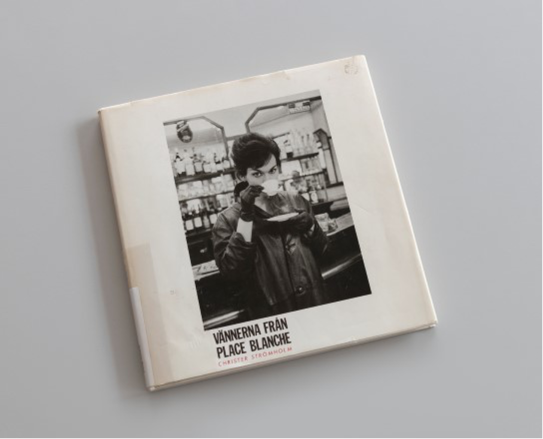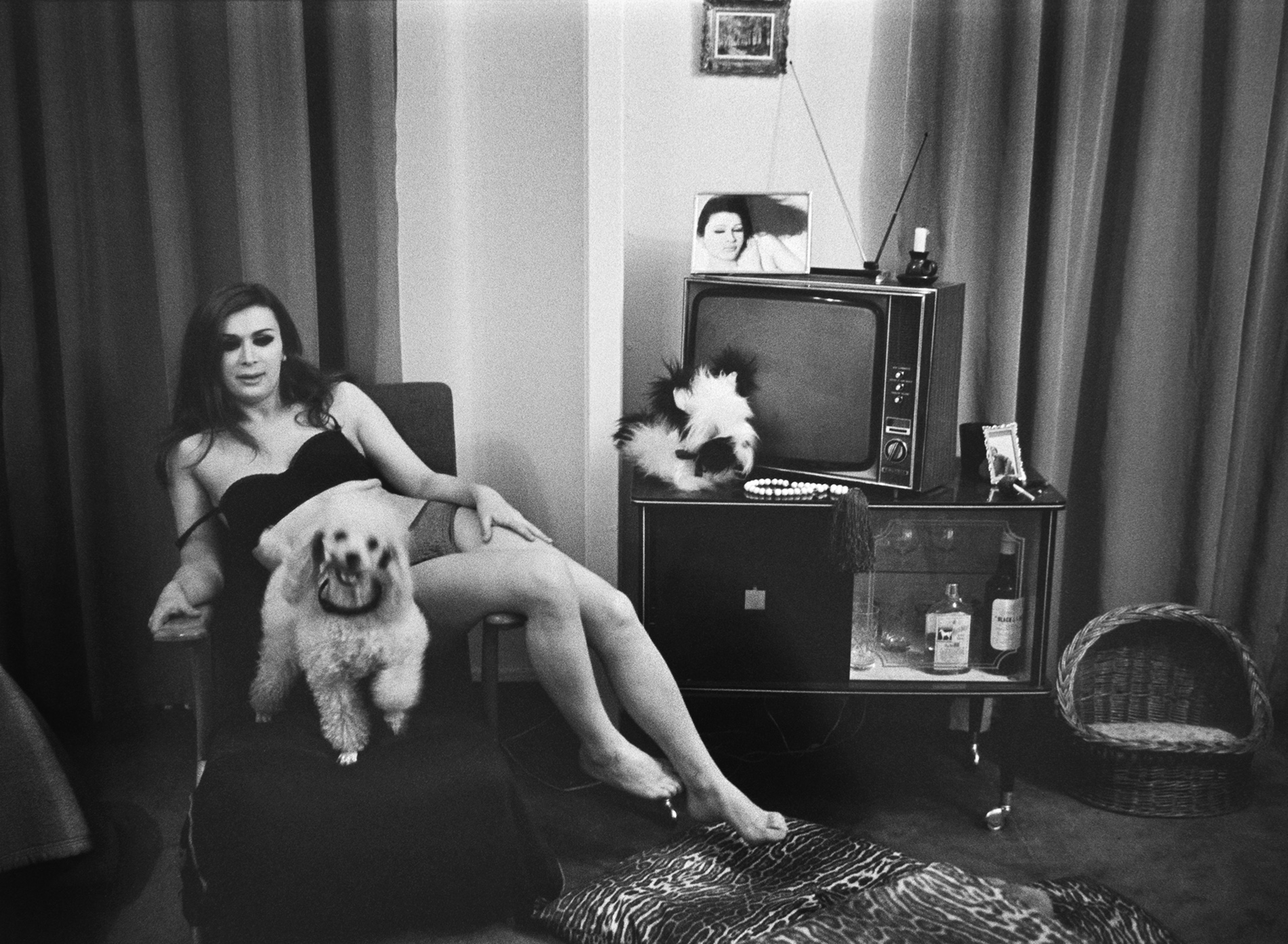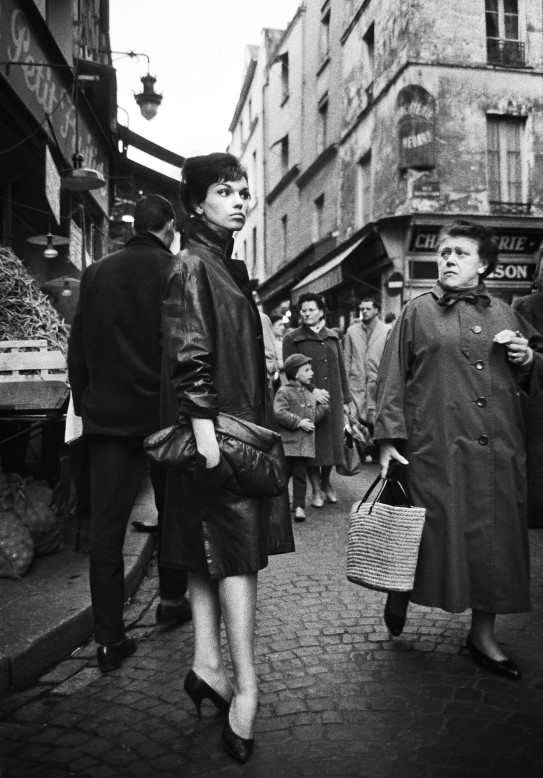
- Vännerna från Place Blanche (The Friends from Place Blanche) was first published in 1983 (ETC Förlag).
- The book was republished in French as Les amies de Place Blanche in 2011, with interviews with two of the women that were photographed, Jacky and Nana (Published by Aman Iman).
- The 1983 edition has become a collector's item.
- You will be able to have a look through Vännerna från Place Blanche in the library of the new National Museum when it opens in 2022.
Place Blanche
- Place Blanche is located in the Montmartre district of Paris.
- The square is also known for the cabaret Moulin Rouge, and is located near the Pigalle district.
- In the mid-20th century many trans people felt more secure here than where they originally came from, such as Algeria, Spain and Italy.
The photographer who moved in
Christer Strömholm
- Swedish photographer.
- Lived from 22 July 1918–11 January 2002.
- A member of Otto Steinert's group Fotoform, which worked on subjective photography.
- Co-founder of Fotoskolan in Stockholm in 1962 and the school's first director.
- In 1998 he received the Hasselblad Award for 1997. The prize is awarded annually to someone who has performed a "major photographic achievement".
- Strömholm's pictures are considered an early form of "street photography".
- Strömholm in the National Museum collection:
- The National Museum has 54 photographs by Strömholm in the collection.
- Several of these are from Place Blanche or other trans communities in Europe around the middle of the 20th century.

A double-standard France
"That was when General de Gaulle ruled France. It was the war in Algeria and "Aunt Yvonne", as we called Madame de Gaulle, was the incarnation of morality. So she was the one who determined the lives of my friends. A man had the right to wear makeup or a wig, to put on a blouse or even tight leather pants, but he could never wear a skirt. No, not a man!” Christer Strömholm, 1983.
Living on other people's terms

The situation for women on Place Blanche is reminiscent of the double standards that prevailed regarding prostitution in 19th-century Kristiania (now Oslo), perhaps best captured in Christian Krogh's novel Albertine and the full-size painting Albertine to see the Police Doctor (both 1887).
"The State pushed people into prostitution even though it pretended to fight it," Strömholm wrote in Vännerna från Place Blanche (1983).
Good allies
Each night, I took my pipe, my old Leica, a few Tri-X films and the little French I knew and went down to the brasserie on the place Blanche. Everyone knew what I was doing. I never took stolen pictures. I worked without a flash; I only used the existing light, often neon light.
Strömholm writes in Vännerna från Place Blanche

Transgender Awarenes Week
- In 2020, the newly established organisation SAGA (Sexuality and Gender Acceptance) has joined forces with Skeiv Verden (Queer World) Vest and PKI (Patient organisation for gender incongruence) to create Norway's first Transgender Awareness Week.
- The festival is organised by trans people and for trans people. The festival is dedicated to making transgender people visible along with the challenges associated with living as a transgender person.
- "In Norway and globally much remains to be done when it comes to securing transgender people basic human rights", says one of the founders, Isak Bradley.
- Transgender Awareness Week is being held for the first time as a festival in Norway this year, but in recent years it has been organised in several locations around the world (Wikipedia, 2020).
- You can find the entire digital festival programme and more information at Transgender Awareness Week's Facebook page and Instagram account.
Transgender person
A person with a gender identity or identities or gender expressions that are at odds with what society expects of them based on the gender they were assigned at birth. Some transgender people are women or men, others are neither men nor women, and some do not categorise their own gender identity.
Trans is about gender identity and gender expression, not about sexuality. Transgender people can be queer, lesbian, straight, bisexual or gay. Some transgender people have a medical need to modify their body so that they feel it matches their identity.
Explanation of terms (in Norwegian) from the organisation FRI: https://www.foreningenfri.no/informasjon/begreper/